The world of art is a vast canvas, offering endless possibilities for expression, introspection, and personal growth. Among the many artistic endeavors, reflective art journeys stand out as a unique and transformative experience. These journeys invite individuals to delve deeply into their inner worlds, exploring themes of identity, emotion, and existence through creative means. Whether you’re an aspiring artist or simply curious, understanding the essence of reflective art journeys can unlock new dimensions of self-awareness and creativity.
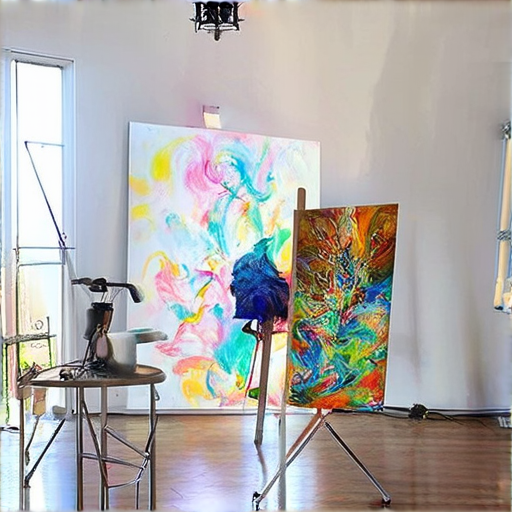
What is Reflective Art?
Reflective art is a form of artistic expression that focuses on introspection, personal growth, and the exploration of one’s inner world. It often involves the creation of art as a means to examine and understand one’s emotions, thoughts, and experiences. This type of art can take many forms, including painting, drawing, sculpture, photography, and even journaling, as it allows for a deep dive into the creator’s psyche.Reflective art is characterized by its emphasis on depth and meaning. Artists often use this medium to process complex emotions, reflect on life events, or explore abstract concepts. The process can be therapeutic, helping individuals gain clarity and insight into themselves.
Distinguishing Reflective Art from Visceral Art
While reflective art focuses on depth and introspection, visceral art emphasizes immediacy and raw emotion. Visceral art often provokes strong, instinctive reactions from viewers, evoking feelings that are difficult to articulate. This type of art can be found in movements like expressionism, where the artist seeks to convey intense emotions through distorted or dynamic imagery.Reflective art, on the other hand, is more deliberate and thoughtful. It invites the audience to engage with the artwork on a deeper level, encouraging contemplation and interpretation rather than just an emotional response.
Patrick Mettraux and Creative Expression
On Patrick Mettraux, we explore the intersection of creativity and introspection. Our blog is a space for artists, writers, and curious individuals to find inspiration and learn about the creative process. We believe that art is a powerful tool for self-discovery, and our content reflects this belief through stories, tutorials, and insights.We encourage our readers to experiment with various artistic mediums, including reflective art and visceral art, to express their unique perspectives. Whether you’re working in a traditional medium or exploring digital tools, our goal is to provide resources and guidance to help you create meaningful work.
Exploring Techniques
- Arts Journaling: A popular method of reflective art that involves documenting daily thoughts and experiences. It allows for a personal dialogue with oneself, fostering introspection and self-awareness.
- Experimental Art Projects: These projects often push boundaries and invite viewers to think differently about familiar themes. They can be particularly effective in promoting reflective art.
- Collage and Mixed Media: Combining diverse materials creates a medium that can hold both emotional and intellectual depth, making it ideal for reflective art.
By embracing these techniques, artists can create works that resonate on a profound level, offering insights into the human condition. At Patrick Mettraux, we celebrate the transformative power of art and are committed to supporting creators in their journey of discovery.
Understanding the Concept of Journey in Art
The concept of journey in art is a multifaceted idea that transcends mere physical movement. It represents a transformative exploration of self-discovery, growth, and existential inquiry. In art, a journey often mirrors the human experience—filled with uncertainty, discovery, and evolution.
Defining the Journey in Art
A journey in art can be seen as a metaphorical and literal exploration. It reflects the artist’s internal and external travels, whether through painting, sculpture, or performance art. The journey often implies a search for meaning, identity, or purpose, expressed through creative mediums.
Historical Context
- Jackson Pollock’s abstract expressions explored the essence of creation and transformation, mirroring a spiritual journey.
- Mark Rothko’s color field paintings depicted the journey toward understanding existence itself.
- Artists like Marcel Duchamp and Jean-Michel Basquiat used their work to document their personal and cultural voyages.
Contemporary Relevance
In today’s art world, the journey theme continues to resonate. Movements like Fluxus and Happenings emphasized the process over the product, reflecting a journey towards spontaneity and authenticity.
Practical Applications
- Creative journaling: A tool for artists to track their emotional and creative progress.
- Installation art: Works that evolve over time, mirroring a dynamic journey.
- Performance art: Artists use their bodies as vessels for storytelling and transformation.
Exploring the journey in art invites viewers to reflect on their own lives and creative processes. It reminds us that art is not just a destination but a continuous path of discovery and growth.
For more insights into artistic journeys, visit Patrick Mettraux and explore his reflective takes on creativity and inspiration.
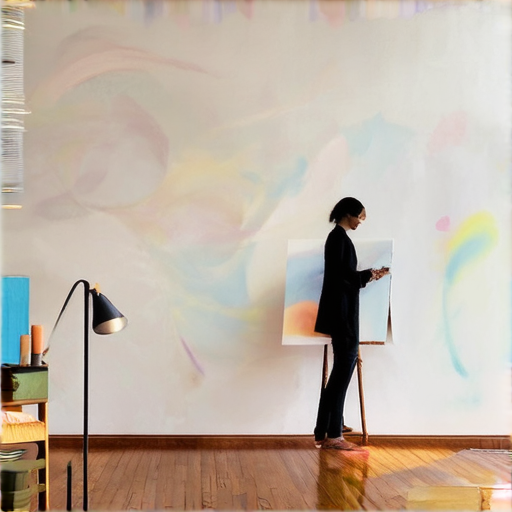
The 7 Rules of Art
The principles of art and design are essential for creating visually appealing and meaningful artwork. These guidelines help artists communicate ideas effectively and create cohesive pieces. Below are the seven fundamental rules of art:1.
Balance
– Balance is achieved by distributing weight evenly across a canvas or composition. This can be asymmetrical or symmetrical, depending on the desired effect. A balanced piece feels stable and harmonious to viewers.2.
Contrast
– Contrast creates visual interest by juxtaposing elements of light and dark, shape and texture, or color and monochrome. High contrast can make subjects stand out, while low contrast blends elements seamlessly.3.
Emphasis
– Emphasis highlights the most important elements in a piece, often through size, color, or placement. Focal points draw attention, guiding viewers to the main subject or message.4.
Movement
– Movement adds dynamism to art. This can be implied through lines, shapes, or colors that suggest motion, or achieved through gestural brushwork.5.
Pattern
– Patterns repeat or vary systematically, creating visual repetition or complexity. They can be geometric, organic, or random, serving as a decorative element or contributing to the overall theme.6.
Rhythm
– Rhythm is the arrangement of elements in time or space, creating a sense of flow or pulse. In art, it can be linear, spatial, or temporal, influencing the viewer’s perception of the piece.7.
Unity
– Unity ensures all parts of a composition feel connected. This can be achieved through color harmony, consistent style, or thematic continuity, making the artwork feel cohesive and purposeful.By mastering these principles, artists can create works that are not only aesthetically pleasing but also convey meaningful messages. Exploring these concepts in-depth can be particularly insightful, so why not visit Patrick Mettrauxto dive deeper into artistic techniques and inspiration?
Reflective Practice in Art
Reflective practice in art is a dynamic process that involves artists introspectively examining their creative experiences, allowing them to gain deeper insight into their work and the creative process. This approach emphasizes self-awareness, critical thinking, and intentional growth, enabling artists to refine their craft and approach challenges more effectively.
The Process of Reflective Practice
Reflective practice often occurs in real-time during the creation process, allowing artists to evaluate decisions as they happen. This iterative thinking helps in problem-solving, as artists can test ideas and adjust their approach based on immediate feedback. Retrospective reflection, on the other hand, occurs after completion, providing an opportunity to analyze the finished piece and identify strengths, weaknesses, and areas for improvement.
Benefits of Reflective Practice
– Critical Thinking:Enhances analytical skills, helping artists make informed decisions and explore alternative approaches.- Problem-Solving:Fosters resilience and adaptability by encouraging artists to confront challenges and find solutions.- Collaboration:Facilitates effective teamwork by promoting open dialogue and shared understanding among collaborators.- Documentation:Encourages record-keeping, which can be invaluable for tracking progress, revisiting past works, and inspiration.- Emotional Support:Provides a space for managing stress and anxiety, fostering a more balanced and thoughtful creative process.
Techniques for Reflective Practice
– Mindfulness:Helps artists stay present, focusing on the task at hand and reducing distractions.- Prompts and Questions:Using guided questions can steer reflection, ensuring a comprehensive examination of the creative process.- Journaling:Documenting thoughts, feelings, and observations can provide clarity and facilitate introspection.
Examples of Reflective Practice in Action
– Painting:A painter might reflect on color choices or composition decisions after completing a piece.- Sculpture:A sculptor could analyze the materials used and their impact on the final work.- Music Composition:A composer might review a performance to identify areas for improvement and explore new directions.
Beyond Art: Broader Benefits
Reflective practice extends beyond art, offering valuable lessons in education and professional development. It cultivates self-awareness and critical thinking, skills that are transferable across disciplines. By embracing reflective practice, artists and students alike can unlock their potential, driving innovation and personal growth.
For further exploration of reflective practice and its role in creativity, visit Patrick Mettraux , where inspiration meets artistic reflection.
What Are the Different Types of Reflection in Art?
Reflections in art can be categorized into two primary types based on how light interacts with different surfaces:1.
Highlights on Curved Surfaces
– These reflections occur on smooth, curved surfaces like glass, water, or polished metals. – Light reflects off these surfaces in a concentrated beam, creating sharp, bright spots known as specular highlights. – Examples include the shine on a wet road or the glint in an eye.2.
Extended Reflections on Flat Surfaces
– Flat surfaces like paper, canvas, or mirrors reflect light over a broader area. – This creates diffuse reflections, which can fill a scene with soft, ambient light. – Extended reflections are often used in still life paintings to suggest shadows and depth.
Artistic Applications
– Artists use these principles to create realistic textures and lighting effects.- In photorealistic art, understanding these reflection types is crucial for rendering objects accurately.- Reflections also play a role in abstract art, where they can contribute to the overall mood and composition.By studying these reflection types, artists can better capture the interplay of light and shadow, creating more dynamic and visually appealing works.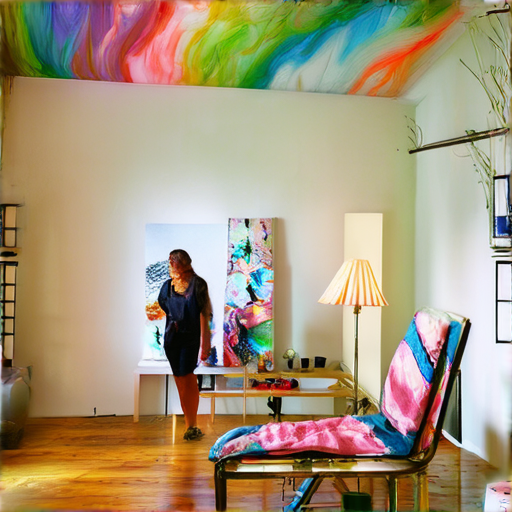
Reflective Practice Example
A reflective practice example can be illustrated through a common scenario in education, where a teacher reflects on their classroom experience to enhance their teaching methods. Consider a mathematics teacher who recently conducted a geometry lesson aimed at helping students understand spatial reasoning.
During the lesson, the teacher noticed that many students struggled with visualizing three-dimensional shapes. After the class, she took the time to reflect on what had worked and what hadn’t. She documented her observations:
- The hands-on activities were effective in engaging students, particularly those who are visual learners.
- Some students still found it challenging to grasp abstract concepts, indicating that additional support may be needed.
- The lesson flow could be improved by incorporating more interactive elements during the problem-solving phase.
From this reflection, the teacher decided to revise her lesson plan for future classes. She incorporated more interactive tools, broke down complex problems into smaller steps, and scheduled group discussions to address common student difficulties. This process not only improved her understanding of her students’ learning needs but also strengthened her ability to adapt her teaching approach dynamically.
Reflective practice, therefore, serves as a powerful tool for self-awareness and growth, enabling individuals to make informed decisions and continuously improve their performance in various aspects of life, whether in education, professional settings, or personal development.
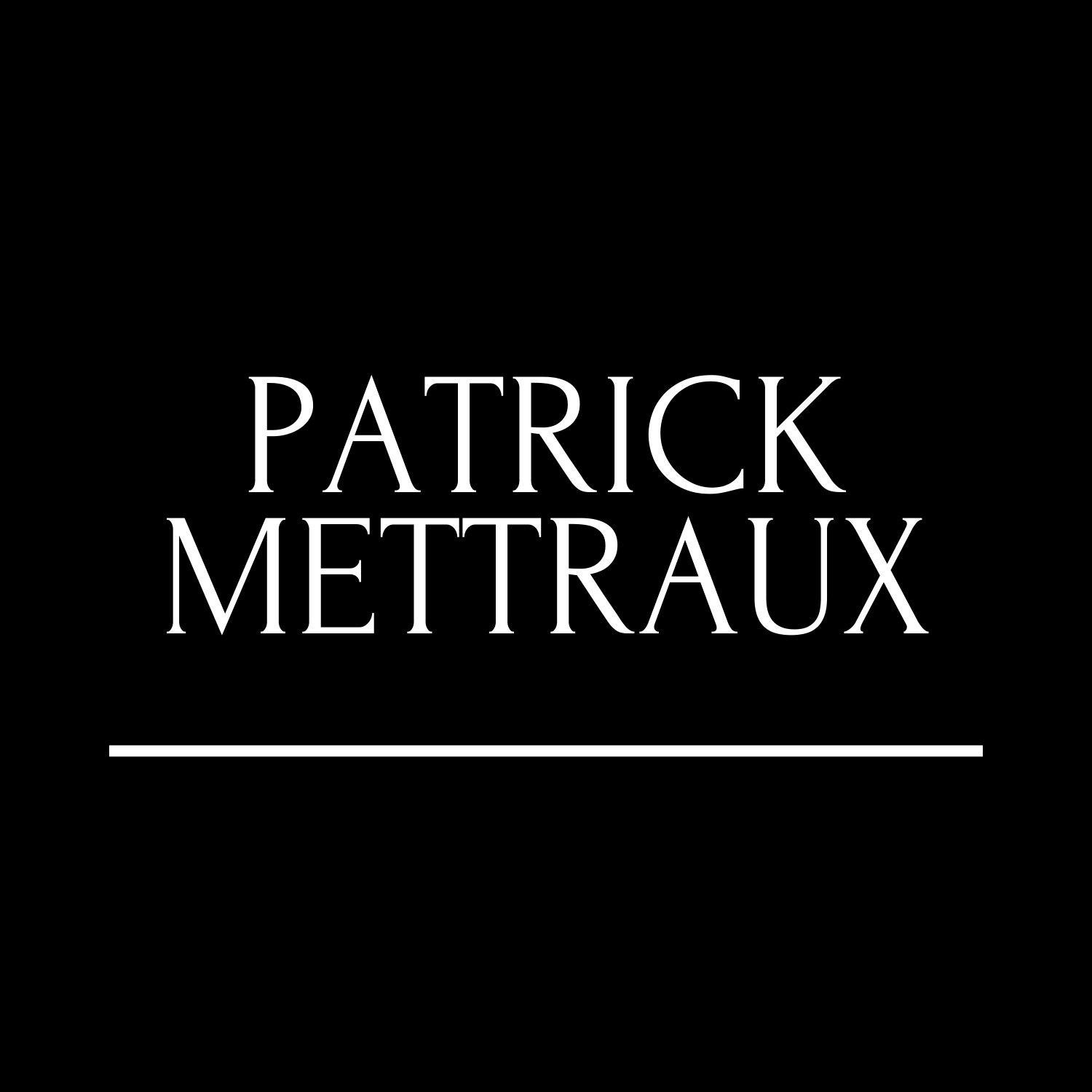
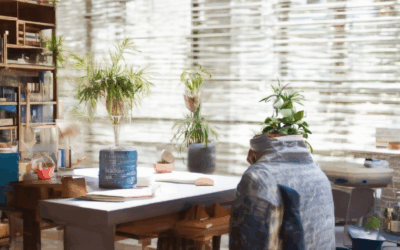
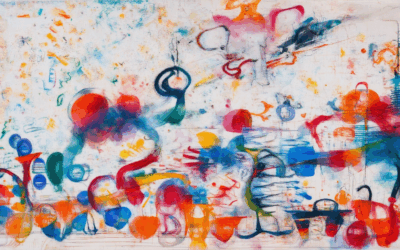
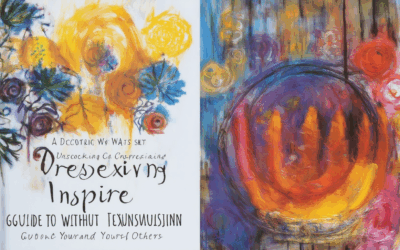
0 Comments